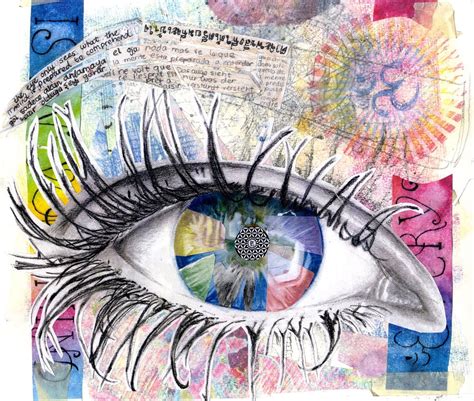Introduction

The College Board’s Advanced Placement (AP) Art Studio 2D program empowers aspiring artists to develop their skills, expand their creative visions, and prepare for higher education. Focusing on a diverse range of two-dimensional media, this course offers an unparalleled opportunity for students to deepen their understanding of art principles, techniques, and artistic expression.
Course Overview
AP Art Studio 2D encompasses two distinct areas: Drawing and 2D Design. Students can choose to specialize in one or both areas, creating a comprehensive portfolio that showcases their artistic abilities.
Drawing
– Drawing principles: Line, shape, form, space, texture, and value
– Drawing techniques: Graphite, charcoal, pen and ink, pastel, and mixed media
– Concept development and compositional arrangement
2D Design
– Design principles: Balance, contrast, emphasis, movement, pattern, and unity
– Design elements: Color, line, shape, space, texture, and value
– Design techniques: Collage, painting, digital manipulation, and textile arts
Portfolio Development
Creating a compelling portfolio lies at the heart of the AP Art Studio 2D experience. Throughout the course, students develop a body of work that demonstrates their mastery of art principles, technical skills, and creative problem-solving abilities.
Concepts and Content
The AP Art Studio 2D portfolio focuses on the following concepts and content areas:
- Personal Vision and Voice: Students explore their own unique artistic perspectives and develop a distinctive style.
- Experimentation and Exploration: They experiment with various media, techniques, and artistic processes to expand their creative boundaries.
- Skill Development: They refine their technical skills in drawing, painting, and design to produce high-quality artworks.
- Critical Thinking and Analysis: Students engage in critical thinking, problem-solving, and artistic analysis to refine their ideas and artistic choices.
Assessment
Students are assessed through a comprehensive portfolio evaluation process. The portfolio includes:
- Submitted Concentration (12-15 works of art): A cohesive body of work that explores a specific theme or concept.
- Revised Concentration (5-8 works of art): A refined selection of works from the submitted concentration that demonstrate significant improvement.
- Sustained Investigation (15-25 pages): A written analysis that explores the development of the student’s artistic ideas, processes, and inspirations.
Benefits of AP Art Studio 2D
Participating in AP Art Studio 2D offers numerous benefits for students, including:
- College Preparation: The course provides a rigorous foundation for future art studies in higher education.
- Creative Expression: Students develop their artistic skills and express their unique perspectives through their artwork.
- Problem-Solving Abilities: They engage in problem-solving and critical thinking to find innovative solutions to artistic challenges.
- Portfolio Development: Students create a portfolio that showcases their artistic talents and preparation for college or professional careers.
- Time Management and Discipline: The course requires students to manage their time effectively and develop a strong work ethic.
Tips and Tricks
To excel in AP Art Studio 2D, students can benefit from the following tips and tricks:
- Start Early: Begin working on your portfolio as soon as possible to give yourself ample time for experimentation, revisions, and improvement.
- Experiment with Different Media: Explore a variety of drawing and 2D design materials to find the ones that best suit your artistic style and vision.
- Seek Feedback: Share your work with teachers, classmates, and other artists to gain valuable feedback and improve your artwork.
- Stay Informed: Keep up with contemporary art trends and techniques through exhibitions, magazines, and online resources.
Common Mistakes to Avoid
Students should also be aware of common mistakes to avoid in AP Art Studio 2D:
- Lack of Focus: Avoid creating a scattered or unfocused portfolio. Choose a specific theme or concept and develop your ideas thoroughly.
- Technical Errors: Ensure that your artwork is technically proficient. Address issues with composition, perspective, and color theory.
- Lack of Experimentation: Do not limit yourself to tried-and-true techniques. Experiment with new approaches and find your own unique artistic voice.
- Procrastination: Time management is crucial. Avoid procrastination and prioritize working on your portfolio consistently.
- Neglecting the Sustained Investigation: This written component is an important part of the portfolio. Put as much effort into the sustained investigation as you do into your artwork.
